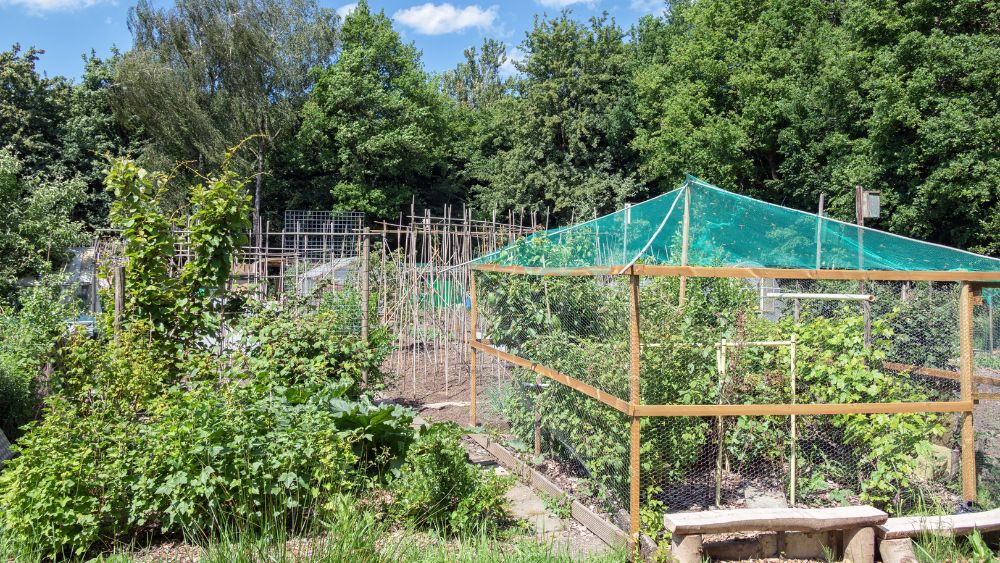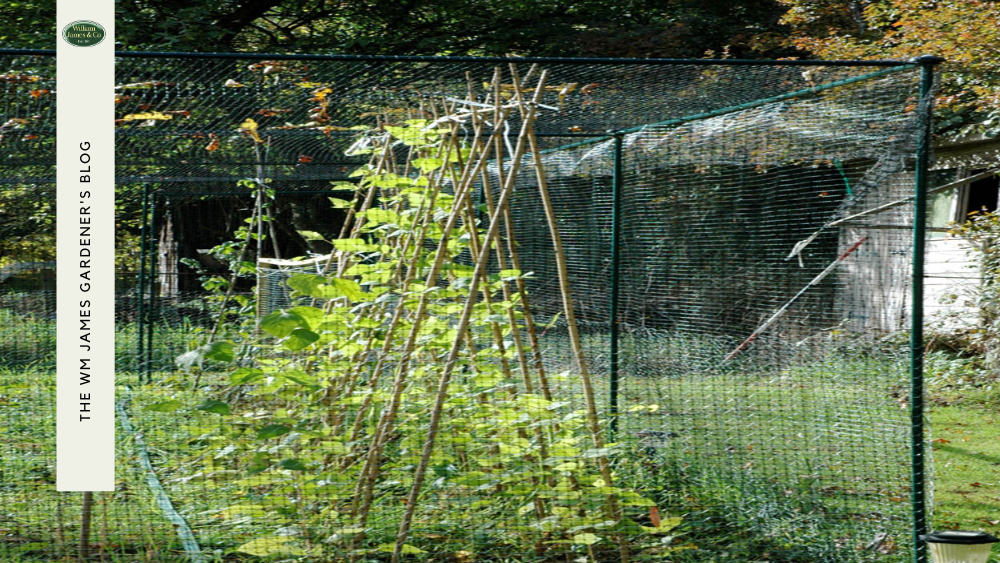We use cookies to make your experience better. To comply with the new e-Privacy directive, we need to ask for your consent to set the cookies. Learn more.
Wind Protection For Plants: 10 Tips To Keep Your Garden Safe
- Admin
- WM James Gardening Blog
- 24 Aug 2022
-
246views

When planting a garden, it is important to consider all of the factors that will affect your plants' success. One of the most important things to think about is how you will protect your plants from the wind.
The wind can damage plants in a number of ways. It can knock them over, break their stems or branches, and blow away their leaves or fruit. In addition, the wind can also cause plants to dry out quickly, which can lead to them dying.
Wind protection is especially important for plants that are not very sturdy, such as lettuce and other leafy vegetables. By shielding these plants from the wind, you can help ensure that they stay healthy and produce a crop.
If you are planning to plant a garden this year, make sure to include some form of wind protection so that your plants will be able to thrive.
Lets move on to ways you can protect your garden from the wind and other elements.

Windbreaks
Windbreaks are one of the most effective ways to reduce the amount of wind that reaches your plants.
There are a number of different types of windbreaks that you can use, including fences, walls, strategic garden netting and hedges. If you live in an area with high winds, you may want to consider using a combination of these methods to create the most effective wind protection possible.
Hedges
Hedges are a great way to create wind protection for your garden. They can be used to shield vulnerable plants from the wind and also provide privacy and security for your property.
When choosing a hedge for wind protection, it is important to select a variety that is fast-growing and dense. Some good choices include privet, boxwood, yew and holly.
It is also important to ensure that your hedge is properly maintained. This means trimming it on a regular basis so that it remains dense and bushy. A well-maintained hedge can provide years of wind protection for your garden.
Fences
Fences are another popular option for wind protection. They can be used to create a barrier between your plants and the wind.
When selecting a fence for wind protection, it is important to choose a material that is sturdy and will not blow over in high winds. Some good choices include wood, vinyl and metal.
It is also important to make sure that your fence is tall enough to provide adequate protection from the wind. A fence that is too short will not be able to shield your plants effectively!

Garden Netting
Wind protection for your garden can also be provided by using garden netting. It comes in a variety of sizes and may be used to cover huge areas or single plants.
When selecting garden netting, it is important to choose netting that is made from durable material.
Garden netting from William James is a good choice because it is made from high-quality, UV-resistant polypropylene. This ensures that it will last for many years and provides excellent protection from the wind all year round.
Another benefit of using our garden netting is that it allows sunlight and water to reach your plants while they are protected from the wind. This is especially important for young plants or seedlings that are just getting started in your garden.
10 Tips To Windproof Your Garden
Here are 10 tips to help you windproof your garden:
- Use windbreaks: Fences, walls, and hedges are all effective at blocking the wind.
- Plant dense hedges: Evergreen hedges that are dense and fast-growing make excellent windbreaks.
- Use garden netting: Garden netting can be used to protect individual plants or large areas of your garden from the wind.
- Choose the right plants: Some plants are more resistant to the wind than others. Consider planting evergreens, grasses, and other low-lying plants that can withstand high winds.
- Mulch your garden: A layer of mulch will help to hold down your plants and keep them from blowing over in the wind.
- Stake your plants: Taller plants will need to be staked in order to prevent them from blowing over.
- Use containers: Containers are a great way to protect your plants from the wind. They can be moved around if necessary and offer extra protection when placed against a wall or fence.
- Group plants together: Planting your garden in groups will help to shield individual plants from the wind.
- Build a greenhouse: A greenhouse can provide excellent protection from the wind, as well as other weather conditions such as rain, snow, and hail.
- Check for damage regularly: Be sure to check your plants after periods of high winds. Remove any dead or damaged leaves and stems, and stake any taller plants that have been blown over.
By following these tips, you can windproof your garden and protect your plants from the damaging effects of the wind.

Final Thoughts
The best way to protect your plants from the wind is to use a combination of methods. By using windbreaks, mulching, staking, and grouping your plants together, you can create a garden that is resistant to high winds.
Remember to check your plants regularly for damage after periods of high winds, and be sure to remove any dead or damaged leaves and stems. With a little bit of effort, you can create a beautiful and wind-resistant garden!
FAQs
What is the best way to protect my plants from the wind?
The best way to protect your plants from the wind is to use a combination of methods, such as windbreaks, mulching, staking, and grouping your plants together.
What are some good plants to choose if I want to windproof my garden?
Some good plants to choose if you want to windproof your garden are evergreens, grasses, and other low-lying plants that can withstand high winds.
Can I use garden netting to windproof my garden?
Yes, you can use garden netting to windproof your garden . Garden netting can be used to protect individual plants or large areas of your garden from the wind.
What is the best way to Mulch my garden?
Mulching your garden will help to hold down your plants and keep them from blowing over in the wind. A layer of mulch will also help to keep the soil moist and prevent evaporation.













